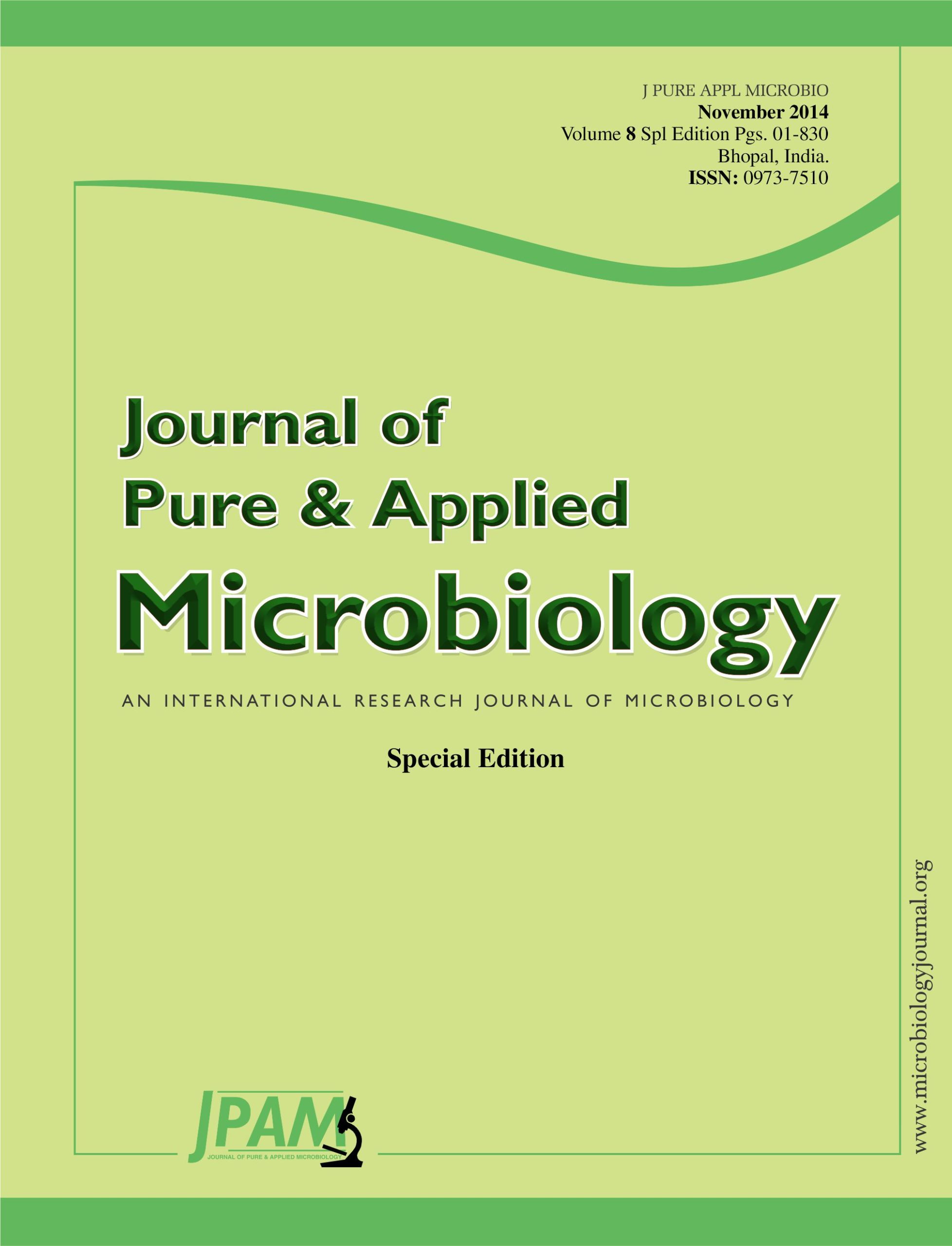Seven unrepeated halotolerant Streptomyces strains were isolated from the Red Sea in Jeddah at Saudi Arabia. These halotolerants were screened against different concentrations of the salt stress as an attempt to isolate some salt tolerance genes by using polymerase chain reaction (PCR). These halotolerants were identified using morphological, physiological, and biochemical characteristics as well as by sequence profiling for 16S rRNA gene using universal primer. These halotolerants were found have a varied range of salt tolerance particularly with increasing NaCl concentration in the growth medium up to 150g.L-1. It was also noted that all these strains tolerated NaCl concentrations up to 100g.L-1. However, when NaCl concentration was raised to 130g.L-1, all isolates gave moderate growth except one which gave good growth named Streptomyces albus R-5. As per an increasing of NaCl concentration up to 150g.L-1, the growth of six isolates was inhibited completely, but Streptomyces albus R-5 gave moderate growth. On the molecular level, PCR was successfully used for isolating the mtlD gene (1150 bp) from three isolates (S. indigoferus R-1, S. purpeofuscus R-3, and S. albus R-5) and P5CR gene (831 bp) from four isolates (S. herbaricolor R-7, S. aburaviensis R-2, S. albolongus R-4 and S. chrysomallus R-6). In addition, the fructan-accumulating (sacB) gene was detected in S. albus R-5 by amplification of a fragment of a size of about 1665 bp. These results confirmed the ability to use of PCR for isolation or detection of any gene based on its nucleotide sequencing in any microorganism.
Salt stress, Gene amplification, Halotolerants, Streptomyces, Osmoregulants
© The Author(s) 2014. Open Access. This article is distributed under the terms of the Creative Commons Attribution 4.0 International License which permits unrestricted use, sharing, distribution, and reproduction in any medium, provided you give appropriate credit to the original author(s) and the source, provide a link to the Creative Commons license, and indicate if changes were made.


